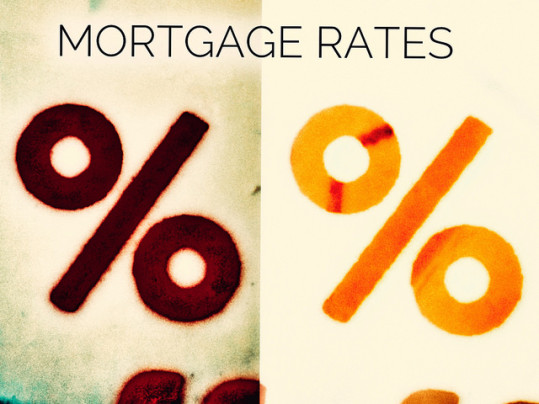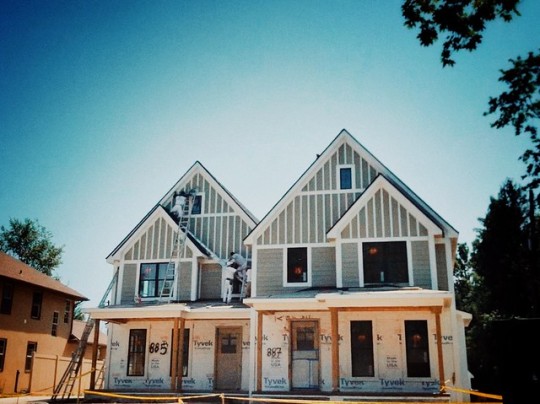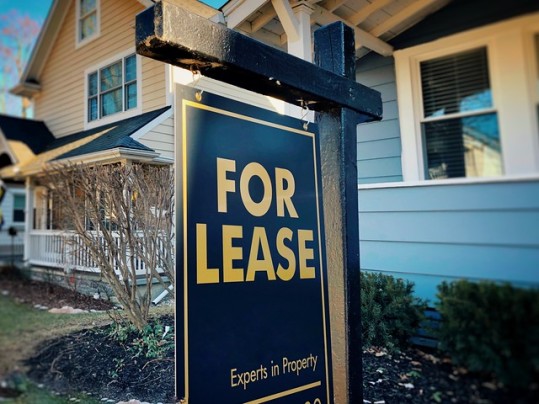According to the Mortgage Bankers Association’s Weekly Applications Survey, average mortgage rates fell again last week, with rates dropping for 30-year fixed-rate loans with both conforming and jumbo balances, loans backed by the Federal Housing Administration, and 15-year fixed-rate loans. The decline follows a long-term downward trend that has pushed rates 115 basis points lower than they were at the same time last year. That’s led to a significant bump in mortgage demand. Joel Kan, MBA’s associate vice president of economic and industry forecasting, says, though this week’s year-over-year comparison may be skewed, this year has been the best in over a decade. “The annual increase in refinance and purchase activity was even more prominent in this report because Thanksgiving was a week earlier last year,” Kan said. “However, with roughly five weeks of reporting data left in 2019, the mortgage market is on track for its best year for originations since 2007.” The MBA’s weekly survey has been conducted since 1990 and covers 75 percent of all retail residential mortgage applications. More here.
Archive for November 2019
New Home Sales Up 32 Percent From Last Year
In October, sales of newly built, single-family homes were relatively flat from the month before, according to a new report from the U.S. Census Bureau and the Department of Housing and Urban Development. But, despite a flat month, they’re now up 32 percent from last year at the same time. That’s because September’s sales estimate was revised upward and, combined with October’s results, the two months were the best for new home sales since 2007. So what’s driving the sales surge? Well, a couple of things. One is mortgage rates, which are significantly lower than they were last fall. Another is buyer demand. The number of interested home buyers has been elevated for a while now, in large part due to a strong job market. Additionally, new home prices are falling. In fact, according to the report, the median sales price of a new home is down 3.5 percent from last year. When you combine high demand and low borrowing costs with declining prices, it becomes pretty clear why prospective home buyers might be taking a longer look at buying new. More here.
Demand From Buyers To Keep Housing Strong
The economy has many parts. And, naturally, the housing market plays a role. When its strong, it can add to economic growth. When it isn’t, it can drag the economy down. According to the latest forecast from Fannie Mae’s Economic and Strategic Research Group, it’s currently strong and adding to growth for the first time in a year and a half. Doug Duncan, Fannie Mae’s senior vice president and chief economist, says buyer demand is responsible and, if not for inventory issues, the market might even be stronger. “As we forecasted, housing supported the larger economy in the third quarter, and we expect it to continue to play a productive role through the first half of 2020,” Duncan said. “Of course, the housing market as a whole remains constrained by the persistent supply and affordability issues, which is particularly unfortunate given the current strength of consumer demand for reasonably priced homes.” Ultimately, how much the housing market contributes to economic growth next year will be determined by how well the number of homes for sale can keep up with demand from buyers. More here.
Where Are The Best Places To Buy Rental Property?
Owning a rental property can seem like a great investment and a good way to make additional income. But, if you aren’t a professional real estate investor with experience managing properties, it can be more difficult than it looks. You can also quickly find yourself paying multiple mortgages, if you have homes to rent but no interested tenants. Obviously, there are a lot of factors that play into how successful a rental property is but location probably tops the list. After all, some areas are more desirable than others. Some areas are also more likely to attract renters. So where in the country are the best places to own a rental property? Well, according to one recent analysis, cities in Florida are a good bet right now. Places like Orlando, St. Petersburg, and Tampa all ranked among the nation’s best places to own a rental. Other cities included Seattle, Denver, Atlanta, Colorado Springs, and Phoenix. The number one city, however, was Arlington, Texas. Wherever you’re looking, though, a good indicator is population growth. Buy in a neighborhood that people are moving to and, naturally, you’ll have an easier time attracting tenants. More here.
Favorable Conditions Lead To Home Sales Bump
New numbers from the National Association of Realtors show sales of previously owned homes increased in October from the month before. The nearly 2 percent improvement pushed sales 4.6 percent higher than they were last year at the same time. Lawrence Yun, NAR’s chief economist, said favorable conditions are likely to keep buyers coming out as long as there are enough homes to buy. “Historically-low interest rates, continuing job expansion, higher weekly earnings, and low mortgage rates are undoubtedly contributing to these higher numbers,” Yun said. “We will likely continue to see sales climb as long as potential buyers are presented with an adequate supply of inventory.” And, although the number of homes available for sale has been declining recently, news of rising new-home construction offers hope that inventory levels will begin to see gains again in the coming months. Regionally, the South saw the biggest bump in sales, with a 4.4 percent increase. The Midwest also saw gains, while the Northeast and West saw slight declines. More here.
Mortgage Rates Remain Low After Decline
According to the Mortgage Bankers Association’s Weekly Applications Survey, average mortgage rates fell last week across all loan categories, including 30-year fixed-rate loans with both conforming and jumbo balances, loans backed by the Federal Housing Administration, and 15-year fixed-rate loans. The decline keeps rates favorable and just above historic lows. It’s one of many current housing trends good for prospective home shoppers. Joel Kan, MBA’s associate vice president and economic and industry forecasting, says improving inventory may be another. “Purchase applications were 7 percent higher than a year ago, which adds another solid data point to the recent increases in new home sales and housing starts,” Kan said. “There may be signs that housing inventory is starting to meaningfully rise, which will help with affordability and provide more choices for potential home buyers.” But though demand for loans to buy homes was up from the previous week, refinance activity fell. Still, refinance demand is currently 152 percent higher than last year at the same time. The MBA’s weekly survey has been conducted since 1990 and covers 75 percent of all retail residential mortgage applications. More here.
Building Permit Rebound Is Good News For Buyers
The most recent numbers from the U.S. Census Bureau and the Department of Housing and Urban Development show permits for future home construction were at a 12-year high in October. Building permits are now 14.1 percent higher than they were last year at the same time. That sounds good, of course, but why should it matter to the average home buyer? Well, it’s pretty simple. When the number of homes available for sale is lower than the number of interested home buyers, prices rise. That’s why home values have been increasing steadily in recent years. In short, there have been fewer homes on the market while, at the same time, buyer demand has been climbing. The most effective solution to this problem is to build more homes. That’s because, as the supply of homes increases, buyers have more options to choose from and home sellers have to adjust their asking price to attract interest. So, news that permits are on the rise is good for buyers, as more new home construction may help slow the rate of price increases going into 2020. More here.







